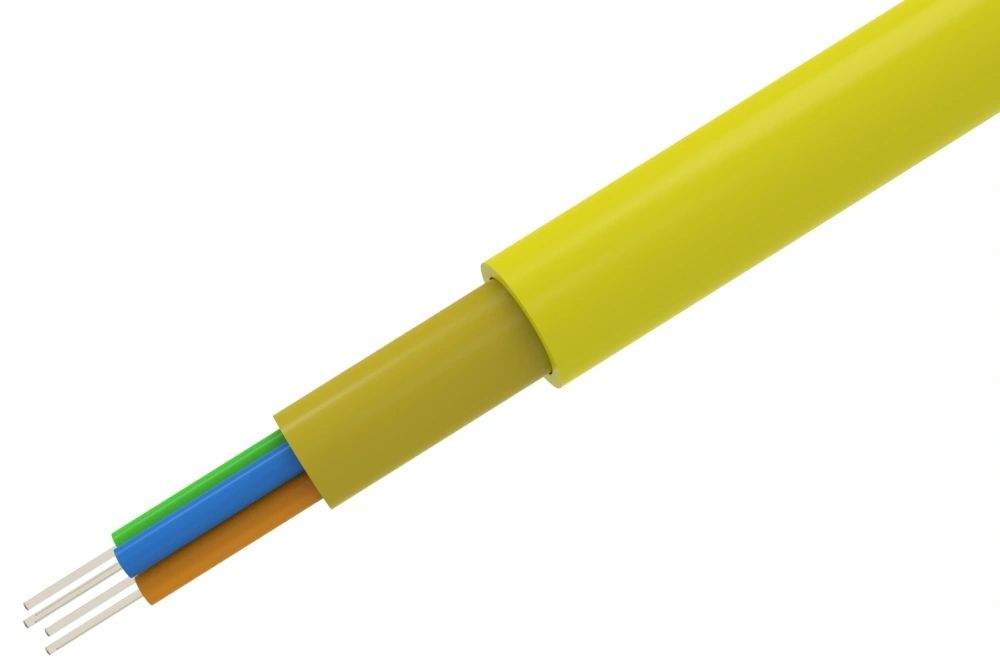Overview of Underground Laying Scheme for Outdoor Cables

The underground laying scheme and design considerations for outdoor cables are crucial in ensuring the efficient, safe, and reliable transmission of various signals and electrical power. This article will discuss the key elements and factors to consider when planning and designing the underground laying scheme for outdoor cables.
1. Cable Routing and Path Selection
The first consideration in the underground laying scheme is the selection of the cable routing and path. This involves determining the shortest and most suitable route that minimizes environmental impacts and potential obstacles. Factors such as soil condition, existing infrastructure, and topography need to be assessed to determine the optimal route for cable laying.
2. Cable Depth and Trenching
Another crucial aspect is determining the cable depth and trenching requirements. The cable depth should be sufficient to protect the cables from potential damage caused by external elements such as construction activities, water erosion, or accidental excavations. Trenching methods, such as open-cut or directional drilling, should be considered based on the specific project requirements and environmental factors.
3. Cable Protection and Ducting
Cable protection and ducting are essential considerations to ensure the longevity and reliability of outdoor cables. The use of ducts or conduits helps to protect the cables from mechanical stress, moisture ingress, and other external factors. Additionally, proper duct sizing and separation should be considered to allow for future expansion and ease of maintenance.
Key Design Considerations for Underground Laying Scheme
1. Environmental Factors
Environmental factors play an important role in the design of the underground cable laying scheme. It is essential to consider factors such as soil composition, temperature variations, flooding risks, and seismic activities to determine the type of cable insulation, sheathing, and other protective measures required.
2. Cable Capacity and Load Calculation
Accurate cable capacity and load calculation is crucial in preventing overloading and ensuring the efficient transmission of power or signals. Factors such as cable size, material, and the anticipated load should be considered to determine the appropriate cable ratings and ampacity.
3. Safety and Maintenance Accessibility
Designing for safety and ease of maintenance is essential in the underground laying scheme for outdoor cables. This includes incorporating safety measures such as proper grounding, cable markers, and clear identification of cable routes. Additionally, providing accessibility for maintenance and repair activities is crucial to minimize downtime and ensure timely resolution of any issues.
Summary
The underground laying scheme and design considerations for outdoor cables are vital for the efficient and reliable transmission of signals and power. By carefully planning the cable routing, selecting appropriate depths, ensuring cable protection, considering environmental factors, and designing for safety and maintenance accessibility, the underground laying scheme can be optimized to meet the specific requirements of each project. Implementing a well-designed underground laying scheme for outdoor cables is essential in ensuring long-term performance, minimizing downtime, and maintaining a robust transmission infrastructure.



